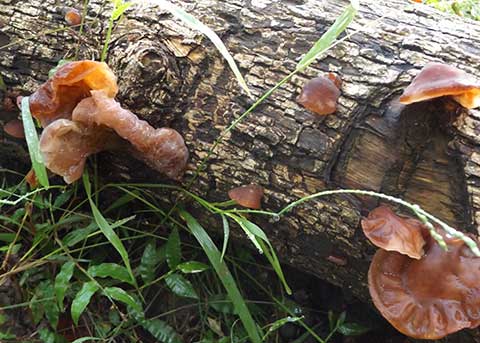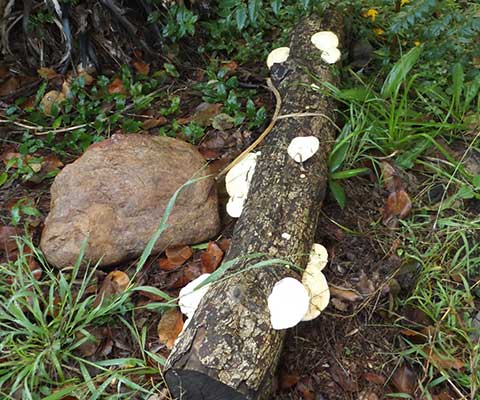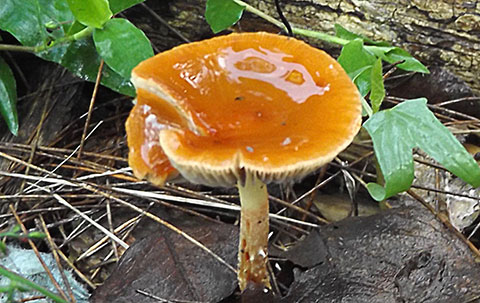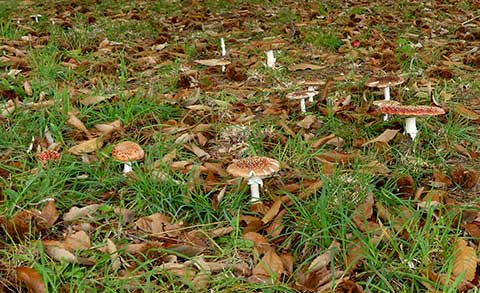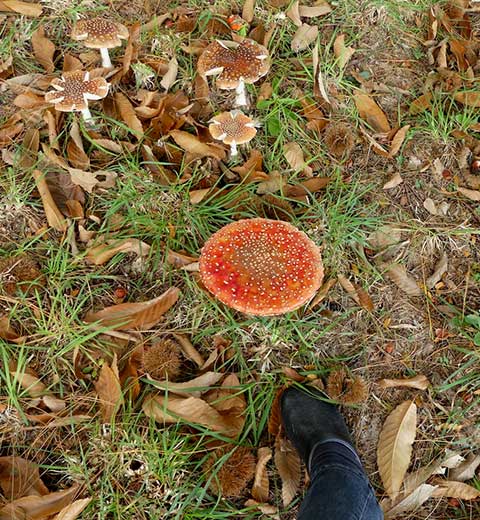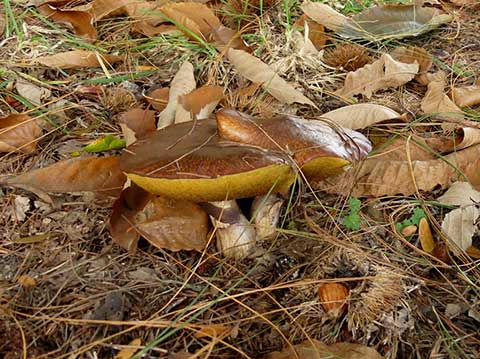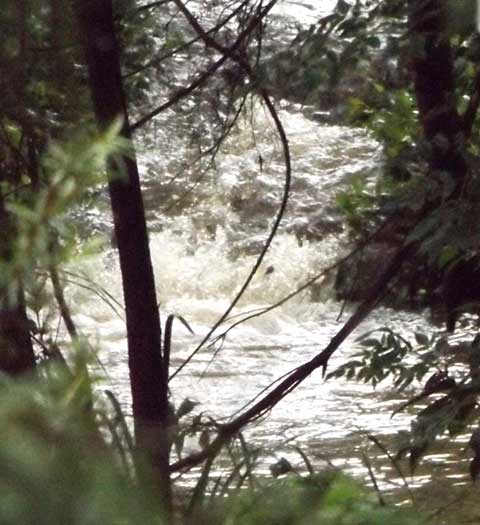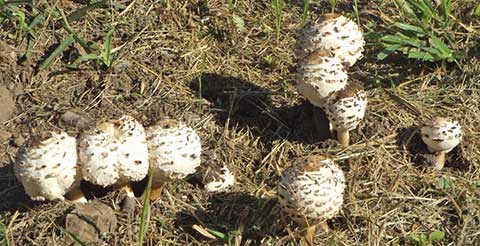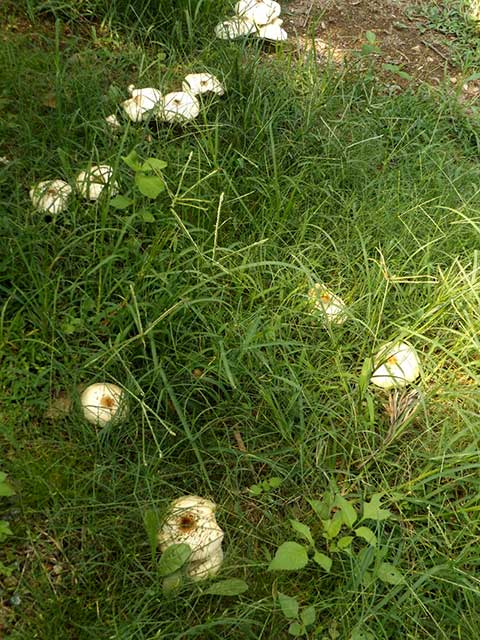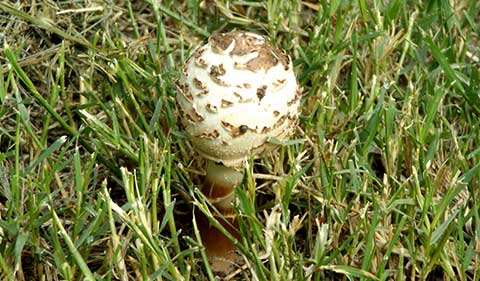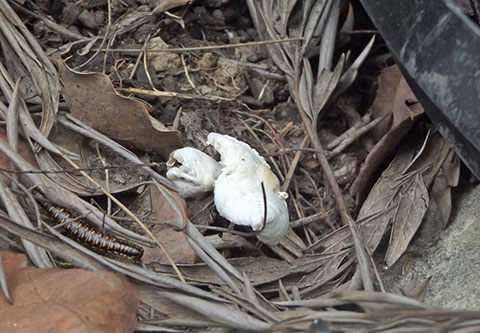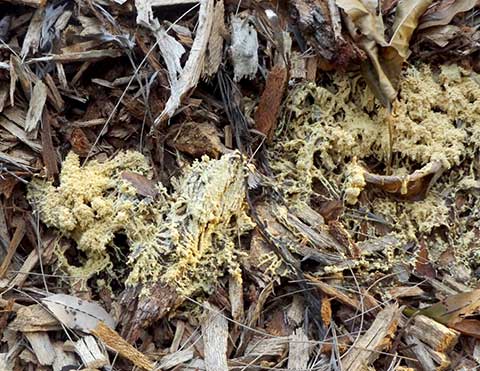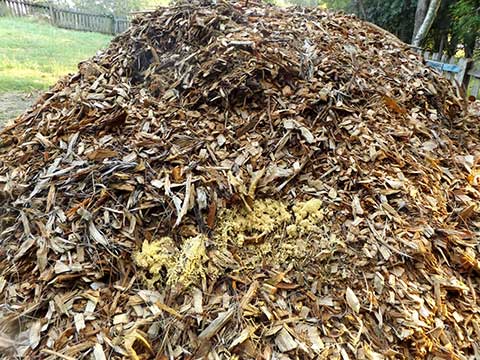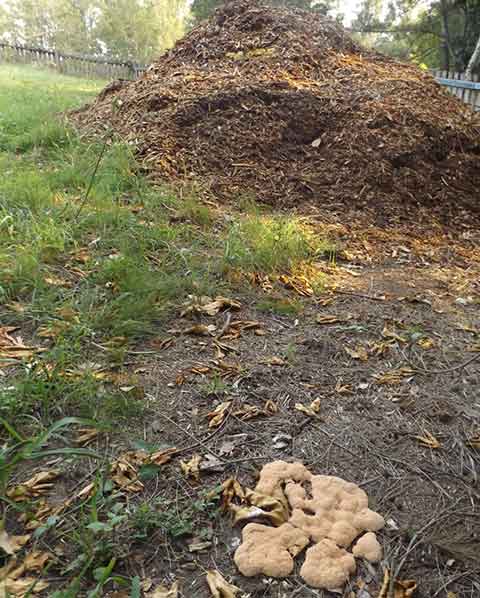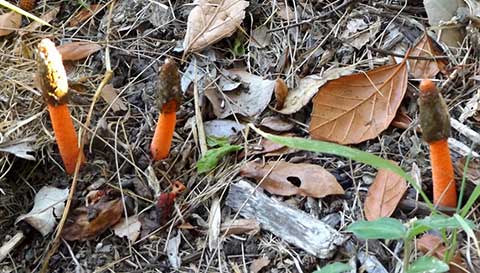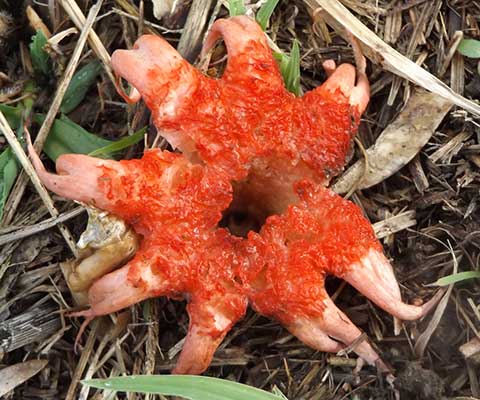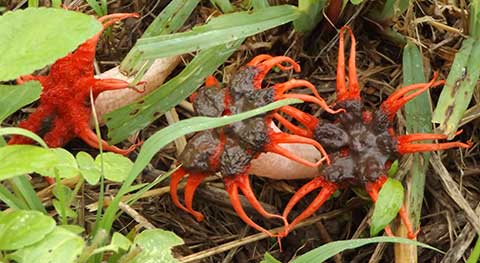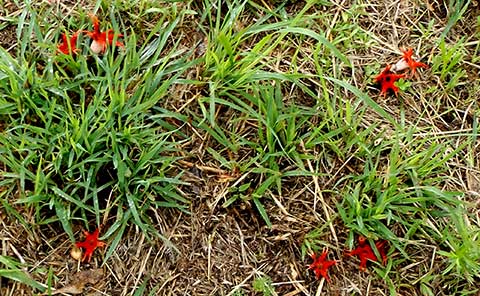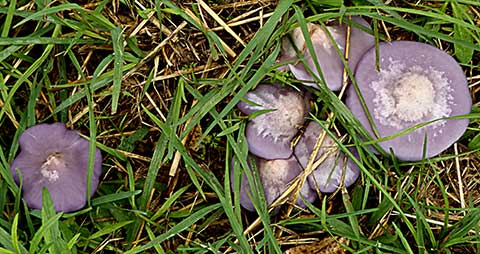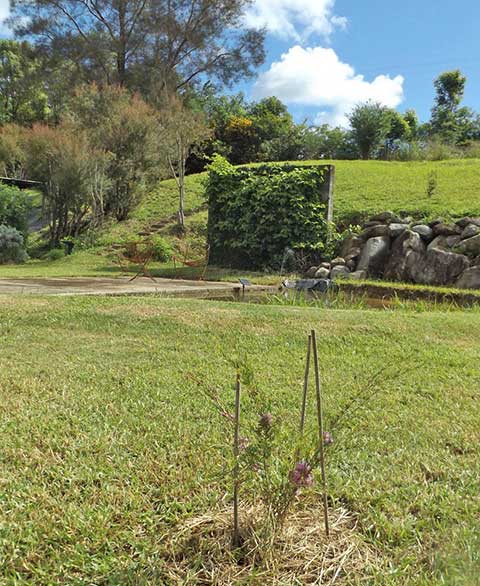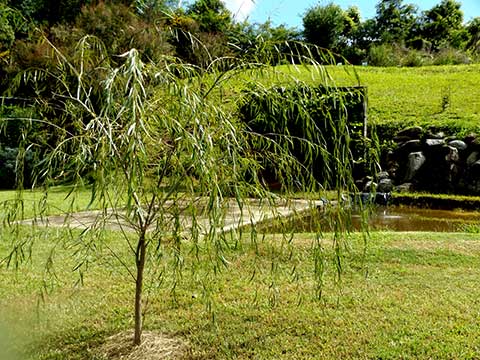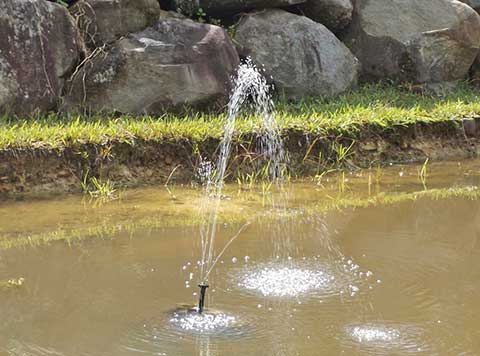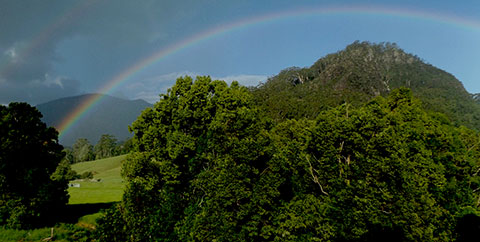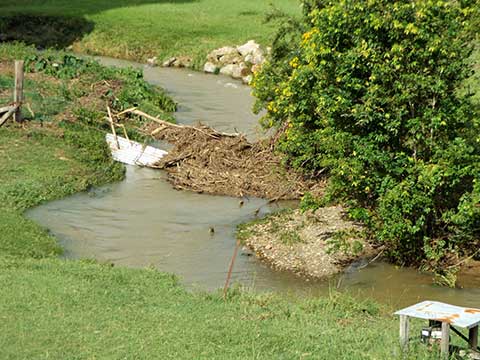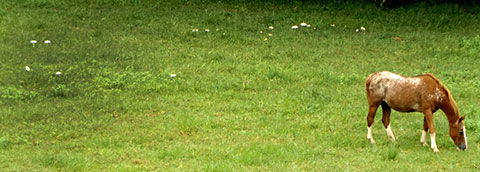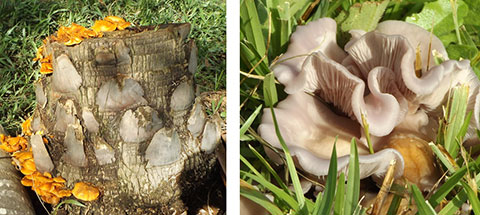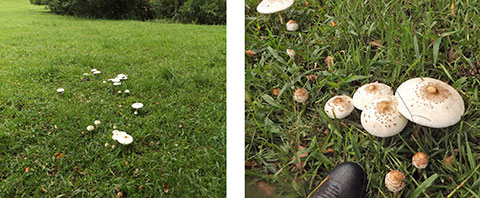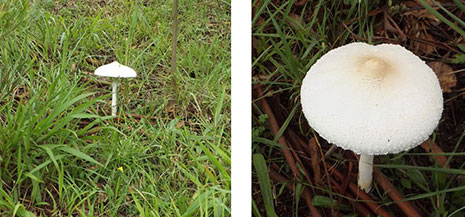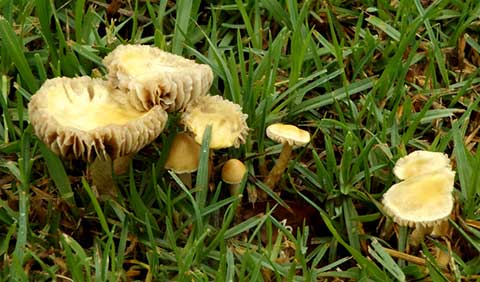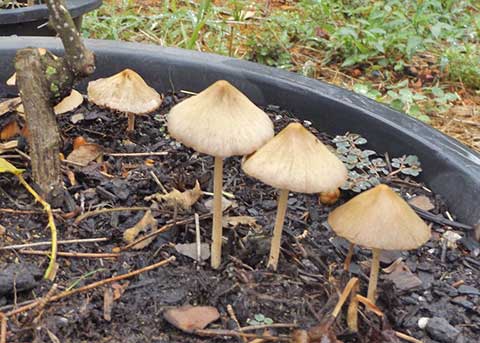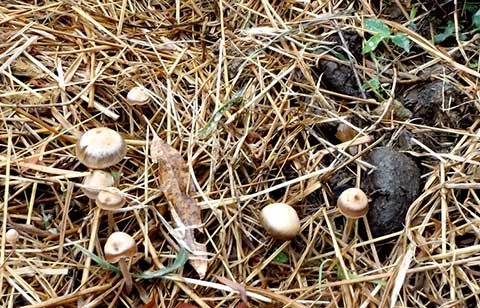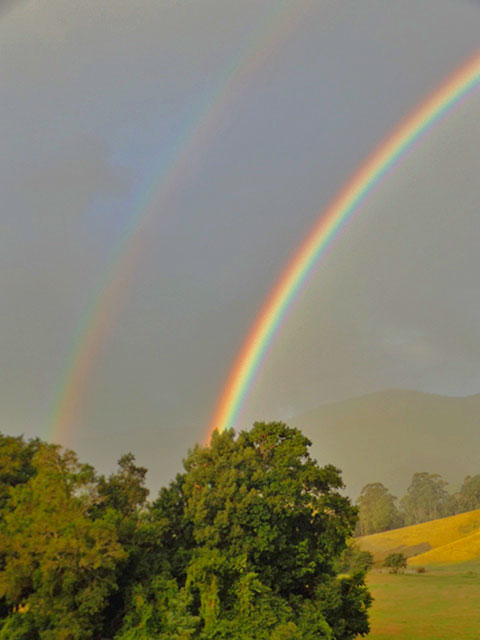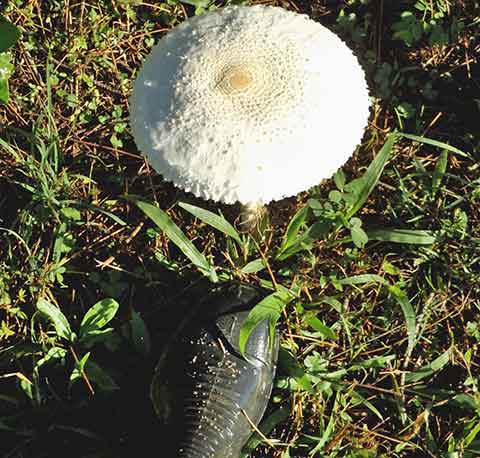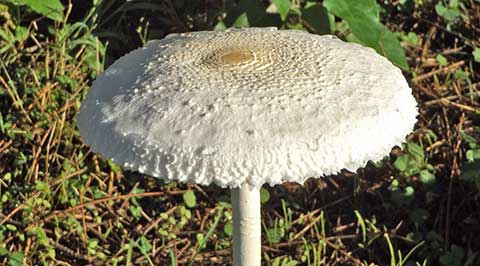
Rainforests are often majestic and always green worlds of their own. Dorrigo National Park has a two-hour walk that takes you through such a world.
While focal points like the Falls are spectacular, it’s the details along the way that fascinate me.
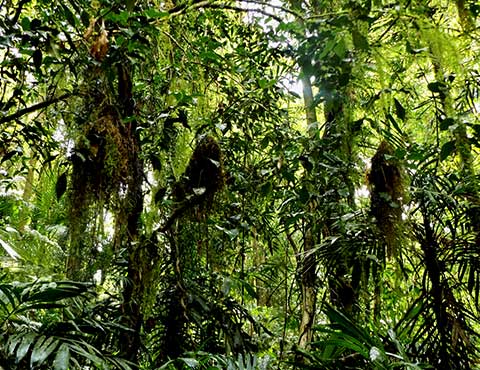
Conical hanging birds’ nests? Or accidentally arranged lichen?

Vines reach for the light way above, and lichen hitches a ride on most things, decorating bark to green furriness.

Different lichens decorate in different ways, here trailing like delicate green feather boas.

This walk is on a steep hillside, where the very large trees need all the earth hold they can get, so buttresses are common, but not often as narrow as these.
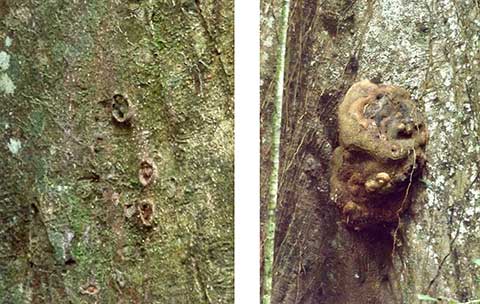
The bark of the tree varieties is interesting enough, but some bore strange markings like moon craters or excrescences like foetal creatures.
Fascinating details that I wanted a guide to quiz.
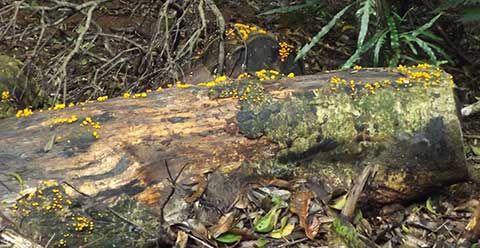
I saw many more varieties but could not photograph them as halfway round the walk I was caught in a thunderstorm, with heavy rain and stinging hail. I had to stow the camera in my bag and don the emergency plastic poncho. The camera survived the long wet trip back, my boots and trousers and the poncho didn’t.

